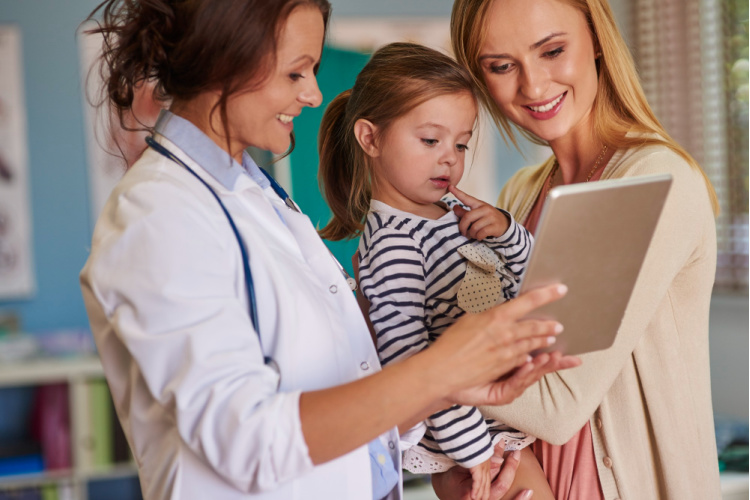It’s a fancy word for the sensory input that gets transferred from our joints and muscles to tell us about our body position in relation to our environment. It’s really that simple. Input from the environment is received through muscle contraction and relaxation in pushing, pulling, carrying, jumping, kicking, etc.
Ever bump into a wall you saw was there? Or knock over a glass when you reach for it? Your body misjudged the force and position of your body in relation to that wall, or wine… I mean water glass…
What does proprioceptive dysfunction look like in children?
For children, proprioceptive dysfunction can present as:
- clumsy
- uncoordinated
- poor posture
- increased time to complete tasks
- poor body awareness
- significant challenges with learning new tasks
- frequently bumping into people or furniture
Proprioception Activities
Here are some activities parents can teach to improve proprioceptive processing:
- Tug-o-war, or anything with pushing or pulling
- Climbing play structures
- Crawling on and over uneven surfaces like couch cushions
- Animal Walks
- Jumping activities









